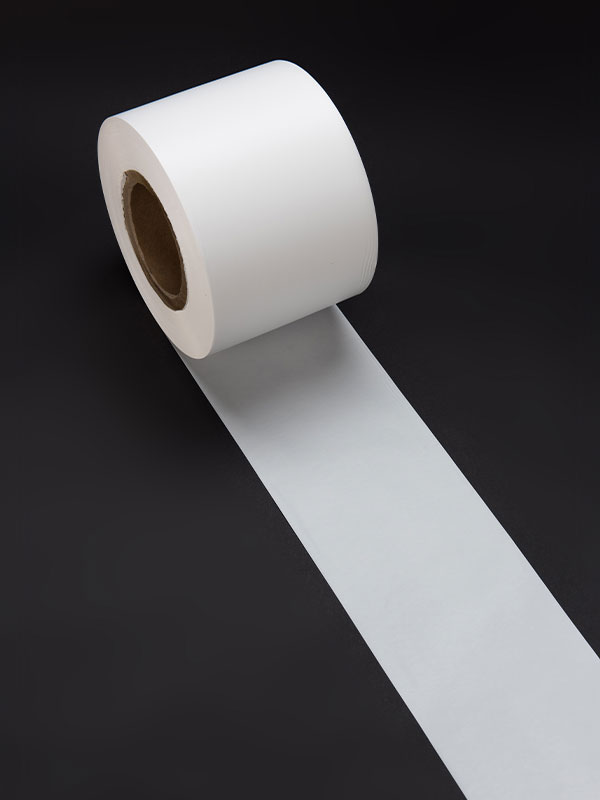In the realm of packaging materials, the cost of production is a critical factor that manufacturers and consumers alike must consider. When evaluating the cost-effectiveness of Waterproof Breathable PE Film against other packaging materials, it's essential to delve into the unique properties, production processes, and market demands that influence its pricing.
Waterproof Breathable PE Film is a specialized packaging material that offers a harmonious balance between protection and functionality. It is designed to be impermeable to liquids, ensuring that moisture does not infiltrate the package, which is particularly important for products sensitive to humidity, such as desiccants. Yet, it also allows for breathability, which is crucial for the desiccant to absorb moisture from the air without being compromised by external moisture.
The cost of production for Waterproof Breathable PE Film involves several factors. The raw material cost is a primary consideration, as high-quality polyethylene is essential for achieving the desired properties. Additionally, the manufacturing process, which includes extrusion, lamination, and sometimes coating with specific additives to enhance breathability, contributes to the overall cost. The complexity of the production process, including the need for specialized equipment and skilled labor, also plays a role in determining the final cost.
When compared to other packaging materials, such as traditional plastic films, paper-based materials, or even more advanced composite films, the cost of Waterproof Breathable PE Film may initially appear higher. However, this initial cost must be weighed against the long-term benefits and performance of the material. For instance, the film's ability to protect sensitive products from moisture damage can reduce spoilage and waste, thereby saving costs in the long run.
Moreover, the breathability feature of the film can extend the shelf life of products, adding value to the packaging and potentially justifying a higher initial investment. The film's durability also means it can withstand the rigors of transportation and storage, reducing the need for additional protective measures.

The advantages of Waterproof Breathable PE Film are manifold. It provides a high level of protection against moisture, which is a common enemy of many products. Its breathability ensures that the desiccant can function effectively without being hindered by external moisture. Furthermore, the film can be customized to meet specific packaging requirements, including different sizes, thicknesses, and even printed designs, which can enhance brand visibility and appeal.
In terms of environmental impact, the recyclability of Waterproof Breathable PE Film is a significant advantage. While the film is designed to be durable and long-lasting, it can also be recycled, reducing its environmental footprint. This sustainability factor is increasingly important in today's market, where consumers and manufacturers alike are seeking eco-friendly packaging solutions.
While the cost of production for Waterproof Breathable PE Film may be higher than some traditional packaging materials, its unique combination of protection, breathability, and customization options offers significant benefits that can justify the investment. When considering the long-term performance and the potential savings from reduced product spoilage, the film emerges as a cost-effective solution. Furthermore, its recyclability aligns with current environmental concerns, making it not only a practical choice but also a responsible one in the context of sustainable packaging practices.

 English
English 中文简体
中文简体 Español
Español






